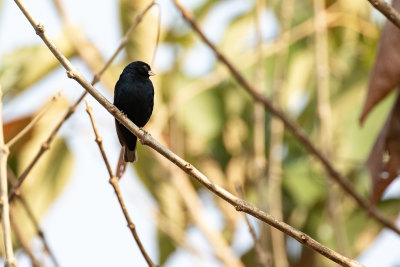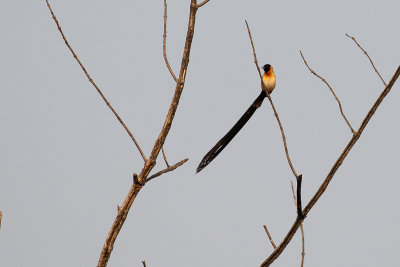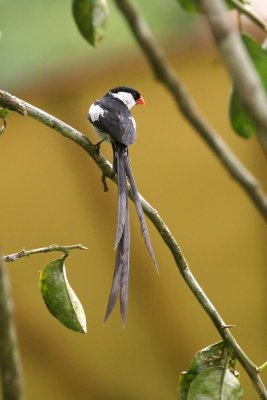





 |
 |
 |
 |
 |
 |
| Markus Lagerqvist | profile | all galleries >> Birds of the World >> Whydahs and Indigobirds | tree view | thumbnails | slideshow |
 Cameroon Indigobird (Vidua camerunensis) |
 Togo Paradise Whydah (Vidua togoensis) |
 Pin-tailed Whydah (Vidua macroura) |
 Pin-tailed Whydah (Vidua macroura) |
| comment | share |